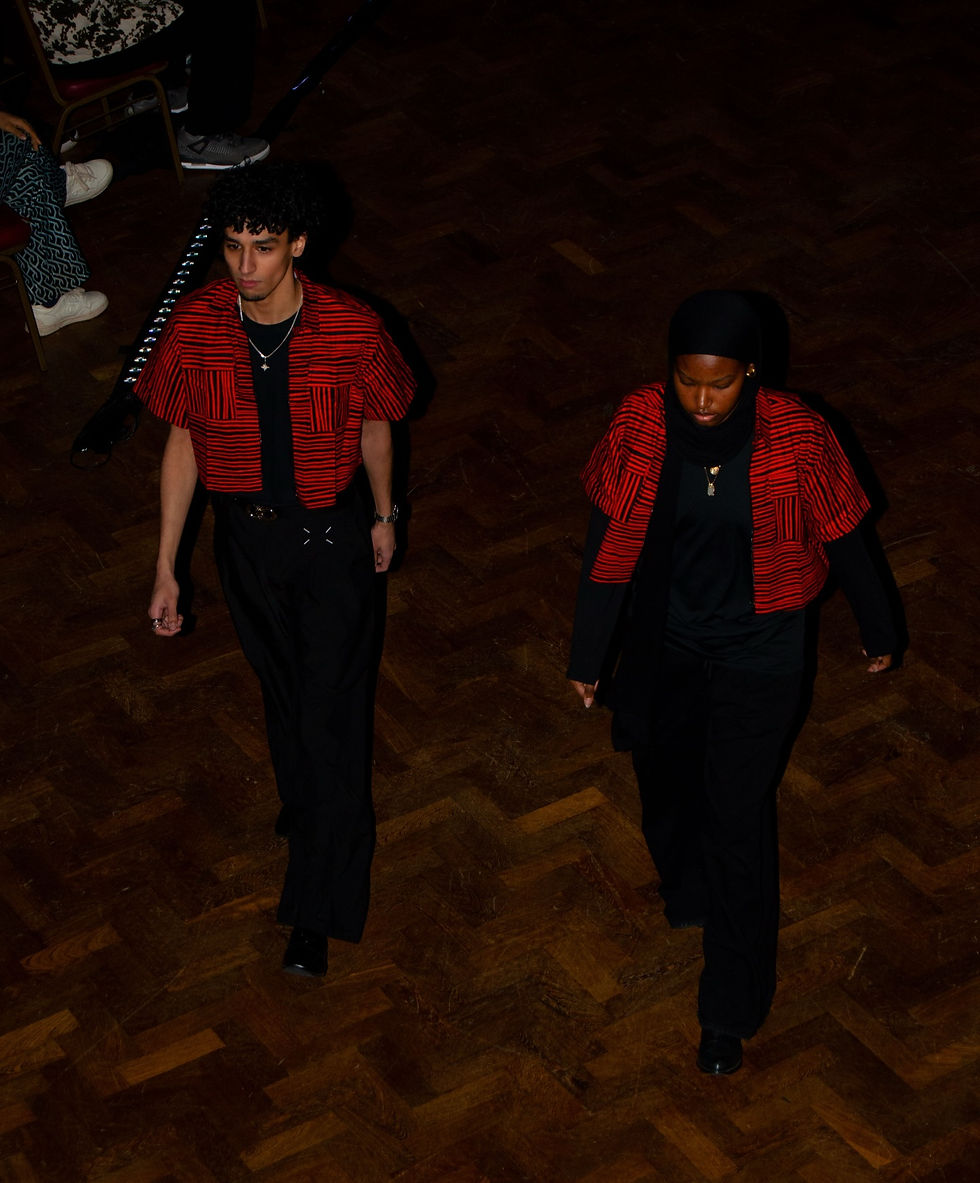A Simple Guide to Taking Accurate Body Measurements
- FLE Team

- Apr 1
- 4 min read
Updated: Aug 7
Taking accurate body measurements is crucial for various reasons, from purchasing the right clothing size to tracking fitness progress. Whether you are getting ready to shop for clothes, tailor garments, or measure your body for fitness goals, knowing how to take these measurements accurately can make a significant difference.
Understanding Body Measurements
Body measurements refer to the specific distances around different parts of your body. The most common measurements include bust, waist, hips, inseam, and shoulder width. Each of these measurements serves a unique purpose.
Bust: The measurement around the fullest part of your chest.
Waist: The narrowest part of your torso, often above the belly button.
Hips: The widest part of your hips, usually around the top of your buttocks.
Inseam: The length from your crotch to the bottom of your leg.
Shoulder Width: The distance between the outer edges of your shoulders.
Understanding these measurements can help you find clothes that fit well and enhance your body shape.

Body Measurements: Where to Start
Before you begin measuring, gather your tools. A flexible measuring tape, a pen, and a notepad are all you need. Ensure that the measuring tape is in good condition, as an old or worn tape can give inaccurate readings.
To get started, it’s essential to wear form-fitting clothing or no clothing at all to prevent bulk from skewing the measurements.
Bust: Start by wrapping the tape measure around the fullest part of your bust. Ensure that the tape is parallel to the floor and not too tight.
Waist: This is often one of the most important measurements. Place the tape measure around your natural waist, which is generally the narrowest part of your torso. Make sure the tape is level and snug but not tight. For a visual guide on how to measure waist, you can click here.
Hips: Measure around the widest part of your hips while keeping the tape straight and level.
Inseam: For this measurement, it’s best to have someone assist you. Measure from the top of your inner thigh down to your ankle.
Shoulder Width: Measure from one shoulder bone to the other.
Taking these measurements can help you fit into clothing that feels comfortable and looks great.

Is the Waist Above the Belly Button?
When measuring your waist, a common question is whether to measure above or below the belly button. The waist is typically defined as the narrowest part of the torso, which is often around or slightly above the belly button.
For accurate measurement:
Stand straight with your feet together.
Find the natural crease of your waist.
Wrap the tape measure snugly around this area.
Measuring above the belly button may yield a higher number, which can be misleading. Always ensure consistency in where you measure to maintain accuracy over time.

Common Mistakes to Avoid
When measuring your body, there are several common mistakes that can lead to inaccurate results:
Measuring Over Bulk: As mentioned before, wearing bulky clothing can hinder the accuracy of your measurements. Always opt for tight-fitting clothing or measure bare skin.
Tape Too Tight or Loose: The tape measure should be snug but not cutting into the skin. Make sure it's laying flat against your body without any twists.
Not Standing Flat: Ensure your posture is upright and your feet are together. Slouching or leaning can lead to inconsistent measurements.
Inconsistent Measurement Points: Always measure the same spot on your body each time for accurate tracking.
By avoiding these common pitfalls, you're setting yourself up for success in getting the right fit or tracking your progress effectively.
Utilizing Body Measurements Effectively
Once you have your body measurements, how do you put them to good use? Here are several practical applications:
Shopping Online: Use your measurements to compare against size charts when shopping online. This reduces the chances of returning items because of size issues.
Custom Tailoring: If you’re having clothes tailored, provide your tailor with accurate measurements. This ensures a perfect fit without the need for subsequent alterations.
Fitness Journey: Keep a record of your measurements over time to track your progress during weight loss or muscle gain journeys. This can motivate you and help you set realistic goals.
Wardrobe Planning: Knowing your exact size can assist in planning your wardrobe so you can make smart purchases that suit your body type.
Accurate body measurements can significantly enhance your confidence and wardrobe choices.
Final Thoughts on Body Measurements
Taking accurate body measurements is a useful skill that can make a difference in various areas of your life. Whether you are buying clothes, tracking your fitness, or working with a tailor, understanding how to measure your body correctly can help you achieve your desired results. Remember to take your time, avoid common mistakes, and always use the correct techniques for the most accurate readings.
Whether you are preparing for a big event or just maintaining a wardrobe that fits well, accurate body measurements are your key to success.




Comments